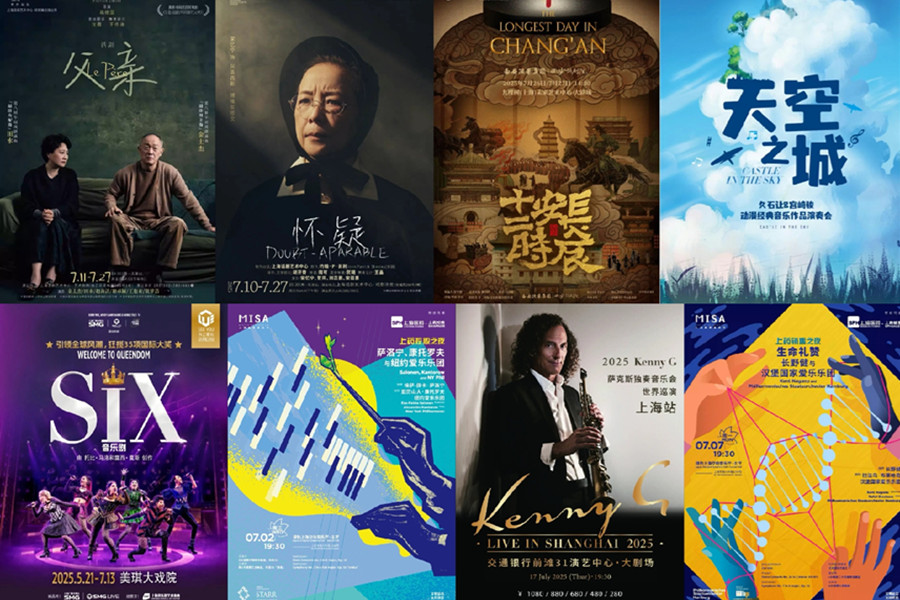Getting a visual taste of Shanghai
In both the bustling chaos of old Shanghai and the intricate emotional landscapes of a modern metropolis, food serves as a poignant metaphor and emotional vessel in cinematic narratives. Let's delve into the culinary delights of Shanghai as portrayed in these films and television works.
The Wasted Times
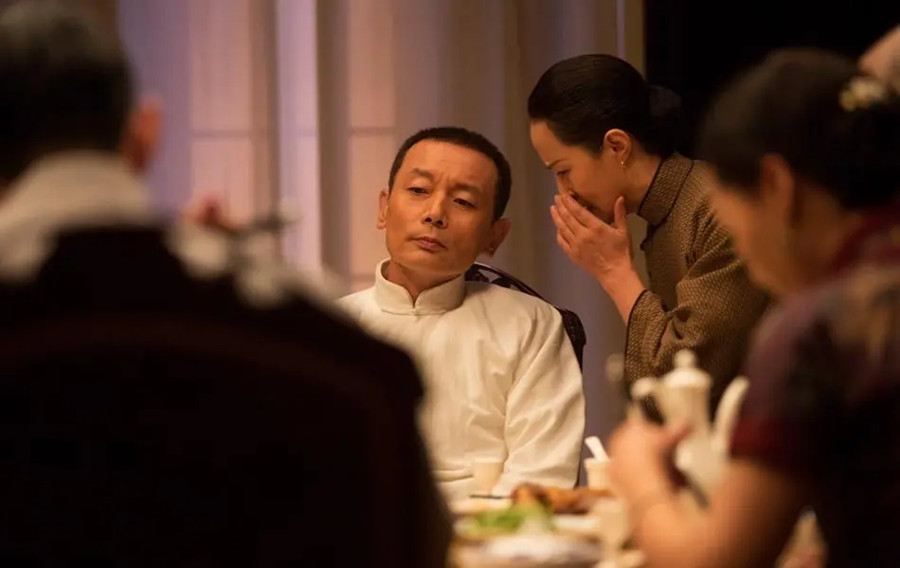
Set against the backdrop of 1930s Shanghai, this film intricately weaves the destinies of gangsters, spies, and socialites amid wartime turmoil. Director Cheng Er employs stark cinematography to capture the juxtaposition of opulence and violence, with food symbolizing power, betrayal, and survival.
🎬 Scene: During a tense tea house negotiation, Mr Lu (played by Ge You) uses xiaolongbao as a metaphor for the underlying tensions. He suggests that the conversation is over unless secrets are revealed, yet the dumplings remain uneaten, symbolizing unfinished business.
🍽️ Food: Xiaolongbao (steamed soup dumplings)
A hallmark of Shanghai dim sum, xiaolongbao is renowned for its delicate skin, rich broth, and fresh filling.
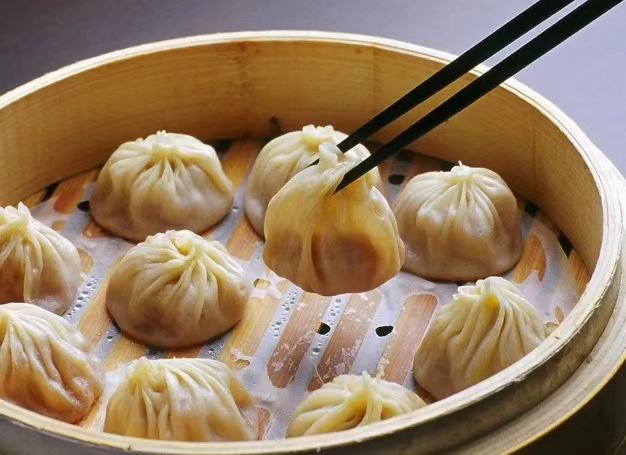
Preparation:
- Dough: Combine high-gluten flour with warm water to form a smooth dough, then let it rest for 30 minutes.
- Filling: Mix minced pork shoulder with ginger, salt, sugar, soy sauce, and rice wine, gradually incorporating chilled pork aspic for a flavorful broth.
- Assembly: Roll the dough thin, wrap the filling, and pleat with 18-22 folds to seal tightly.
- Steaming: Steam on high heat for 8 minutes until the broth is rich and the skin is translucent.
Myth of Love
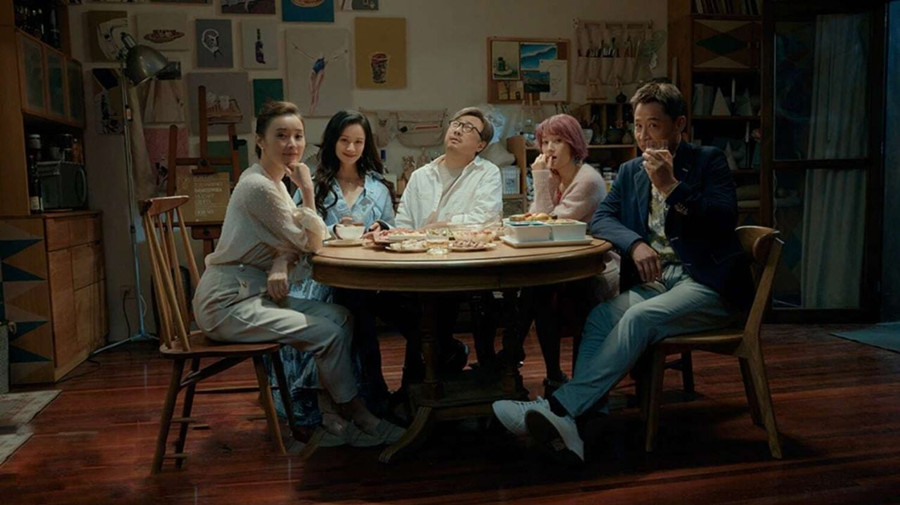
Directed by Shao Yihui, this film explores the emotional lives of contemporary urbanites in Shanghai, weaving heartfelt tales of love, friendship, and family through alleyway life, coffee culture, and traditional pastries.
🎬 Scene: Mr Bai (played by Xu Zheng) masters the art of making crucian carp soup with a milky white broth — achieved without milk — symbolizing delicacy and care through the technique of pan-frying to achieve the desired color.
🍽️ Food: Jiyu tang (crucian carp soup)
This homemade soup is celebrated for its milky white broth, achieved by pan-frying and boiling, allowing collagen to fully release.
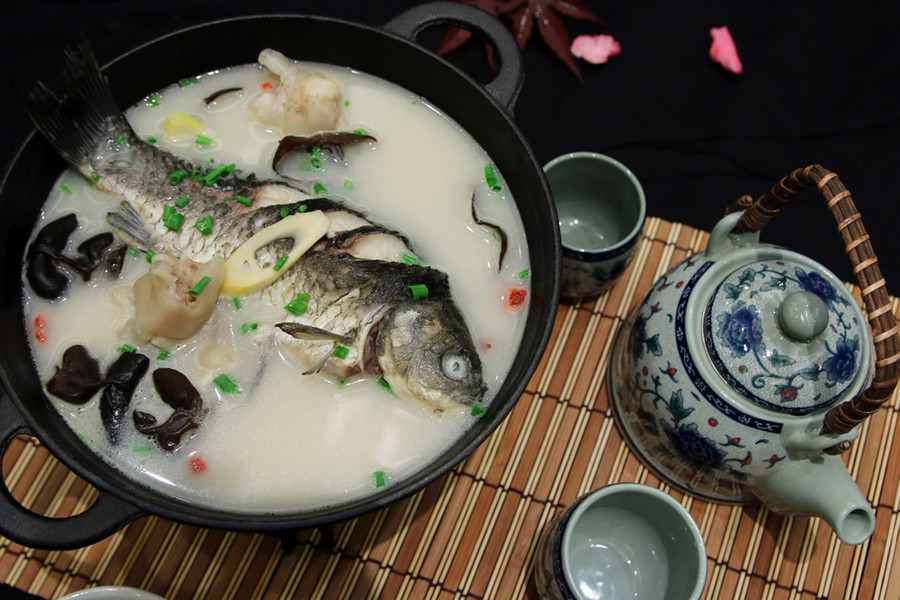
Preparation:
- Frying: Clean and dry the crucian carp, then fry in a hot pan with cold oil until golden on both sides.
- Simmering: Add boiling water, ginger slices, and scallion knots, bring to a boil, then simmer for 20 minutes.
- Seasoning: Add salt and white pepper, garnish with scallions, and optionally pair with tofu for added flavor.
Eat Drink Man Woman

In this film by Ang Lee, family banquet scenes showcase a variety of traditional Chinese dishes. Retired chef Lao Zhu (played by Lang Xiong) prepares lavish meals for his daughters, blending Huaiyang and Cantonese techniques into Shanghai flavor.
🎬 Scene: The iconic opening of the film features Lao Zhu preparing crab roe soup dumplings for his daughters.
🍽️ Food: Xiehuang xiaolongbao (crab roe soup dumplings)
This upscale Shanghai dim sum combines crab roe and pork for a rich, savory flavor.
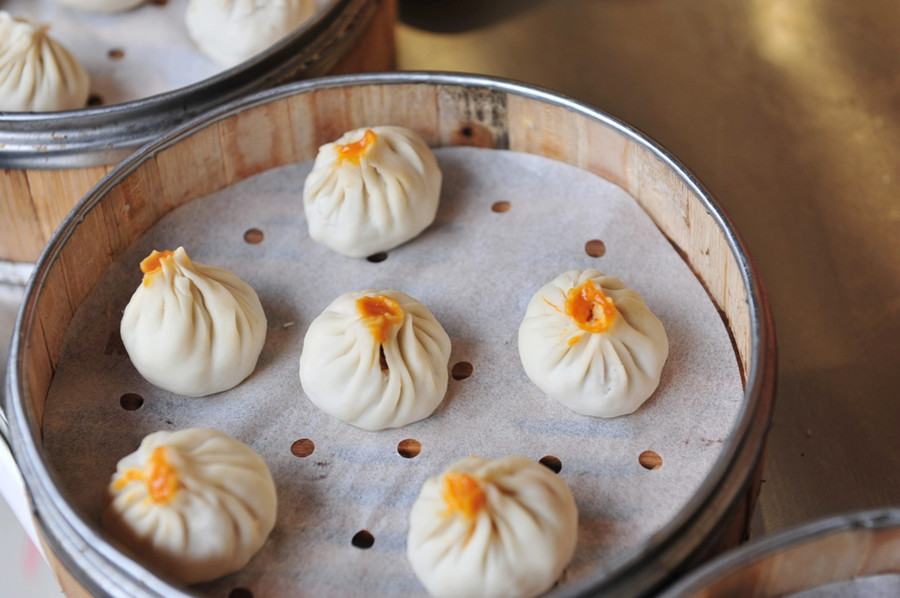
Preparation:
- Crab roe: Steam the hairy crabs and separate the meat, then stir-fry with minced ginger and lard until fragrant.
- Filling: Mix pork filling with crab roe and aspic, wrap in thin dough, steam for 8 minutes, and serve with ginger vinegar.
In the Mood for Love
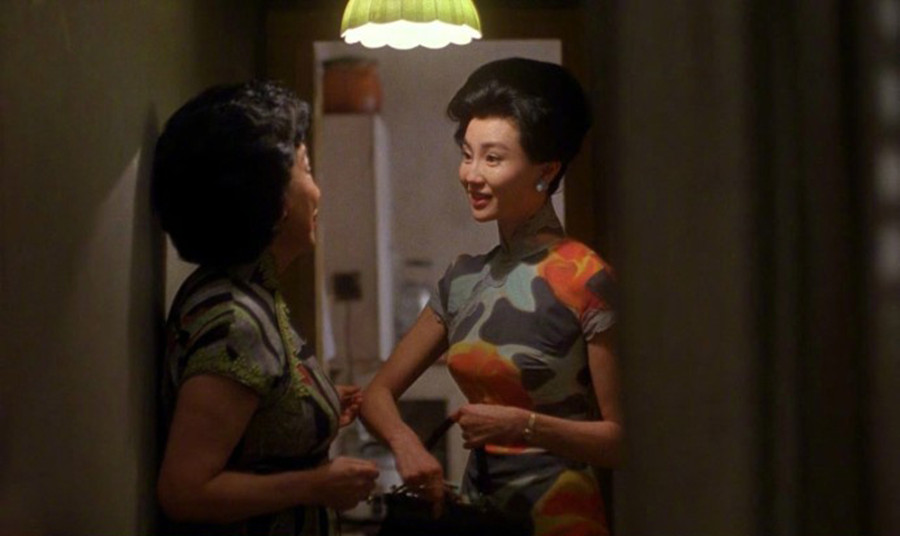
Director Wong Kar-wai, originally from Shanghai, reconstructs Hong Kong through the eyes of Shanghai immigrants, using food as a nostalgic vessel.
🎬 Scene: Food frequently appears in various settings, with Shanghai neighbor Mrs Sun (played by Rebecca Pan) inviting Su Lizhen (played by Maggie Cheung) for pig knuckle soup, reflecting the Shanghai community's microcosm in 1960s Hong Kong.
🍽️ Food: Tibang tang (pig knuckle soup)
A homestyle dish made with pig knuckles, prepared by blanching and slow simmering.
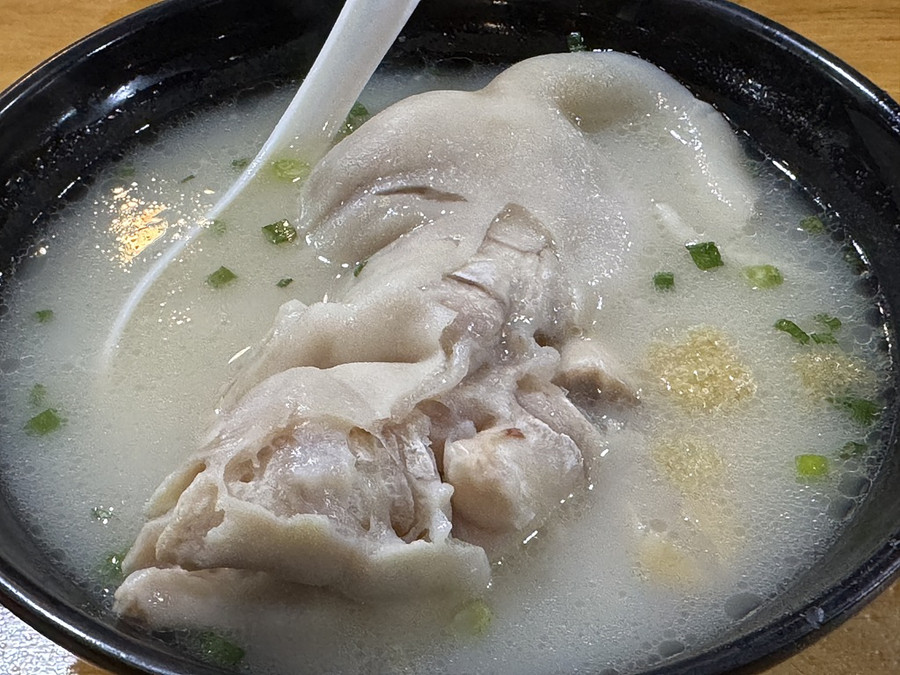
Preparation:
- Blanching: Boil raw pig knuckles in cold water, skim foam, and rinse to remove impurities and odors.
- Simmering: Return cleaned knuckles to the pot, add cold water, scallions, and ginger, bring to a boil, then simmer for 1.5 to 2 hours until tender.
- Vegetables: Add preferred vegetables when knuckles are tender, and simmer for 10 more minutes.
- Seasoning: Add salt and optionally drizzle with sesame oil for fragrance.
Blossoms Shanghai
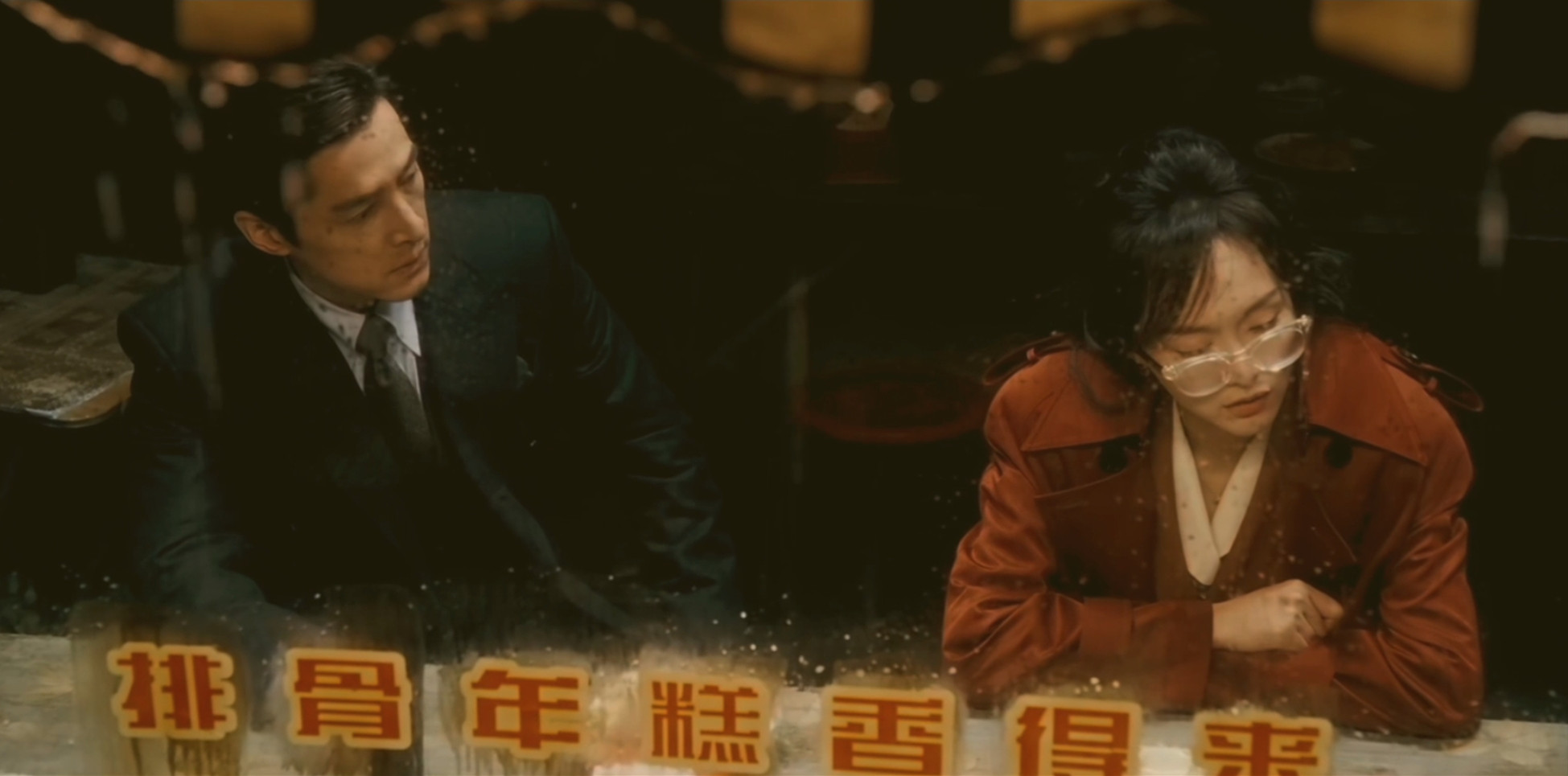
Directed by Wong Kar-wai, this urban romance series set in 1990s Shanghai follows characters like A Bao (played by Hu Ge) and Miss Wang (played by Tang Yan) as they seize opportunities and transform their lives.
🎬 Scene: Miss Wang always ate pork ribs with rice cakes during business talks. While A Bao had a fondness for rice cakes, Miss Wang preferred ribs. Sharing these meals not only facilitated their business dealings but also nurtured a growing mutual affection.
🍽️ Food: Paigu niangao (pork ribs with rice cakes)
A classic Shanghai dish featuring crispy ribs and soft rice cakes with a sweet and spicy sauce.
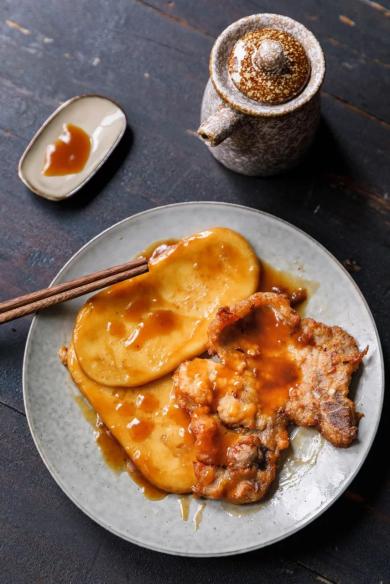
Preparation:
- Ribs: Tenderize pork ribs, marinate with soy sauce, rice wine, and sugar, coat with egg and breadcrumbs, and fry until golden.
- Rice cakes: Slice and pan-fry until slightly charred, drizzle with soy sauce, and sugar.
- Assembly: Combine ribs and rice cakes for a dish with a crispy exterior and sweet-spicy flavor.
Yan Huo Shi Wei (Smoke and Fire)
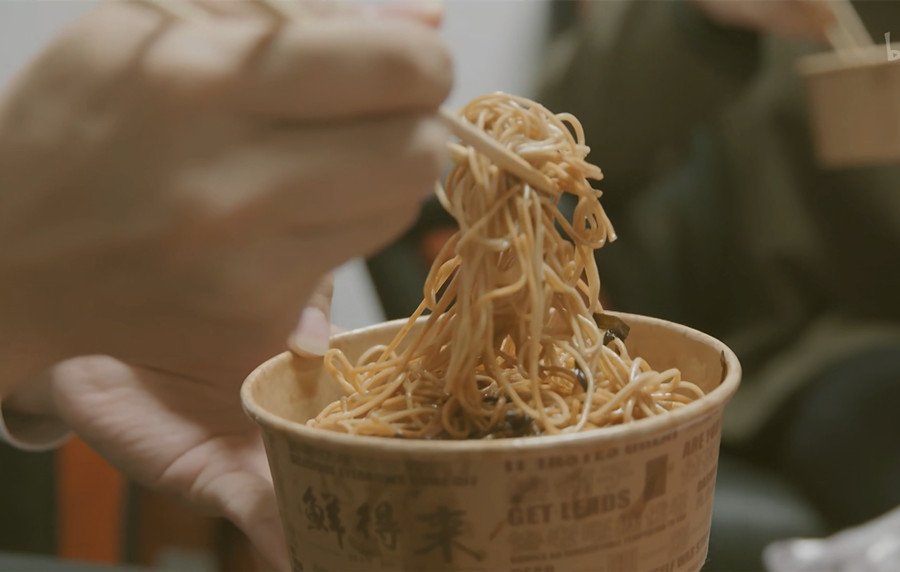
This seven-episode documentary highlights century-old restaurants leading urban trends, showcasing the culinary flavors of these historic brands as a reflection of Shanghai's economic and social prosperity.
🎬 Scene: Noodles take center stage in one episode, with bustling shops serving scallion oil noodles, a nostalgic favorite for Shanghai residents, attracting both locals and tourists.
🍽️ Food: Congyou banmian (scallion oil noodles)
A classic Shanghai dish known for its rich scallion aroma and simplicity.
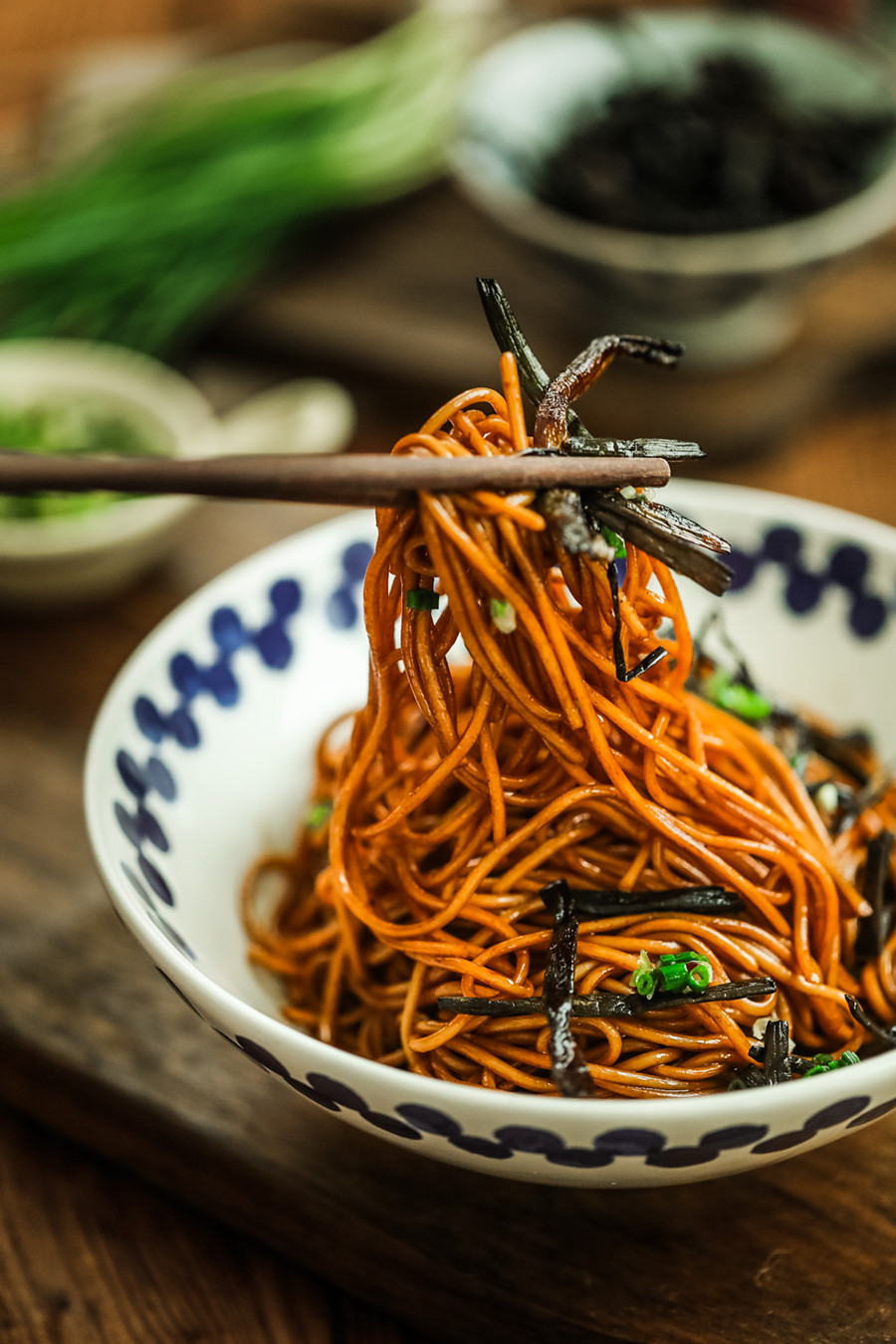
Preparation:
- Scallion oil: Cut scallions into sections, fry in cold oil over low heat until golden brown, and strain to obtain scallion oil.
- Sauce: Mix light and dark soy sauce with sugar, heat until sugar dissolves.
- Noodles: Cook noodles, toss with scallion oil and sauce, and sprinkle with fried scallions.
Sources: thepaper.cn, sh.people.com.cn, Official WeChat account of the Shanghai Municipal Administration of Culture and Tourism at "shanghaitourism"

